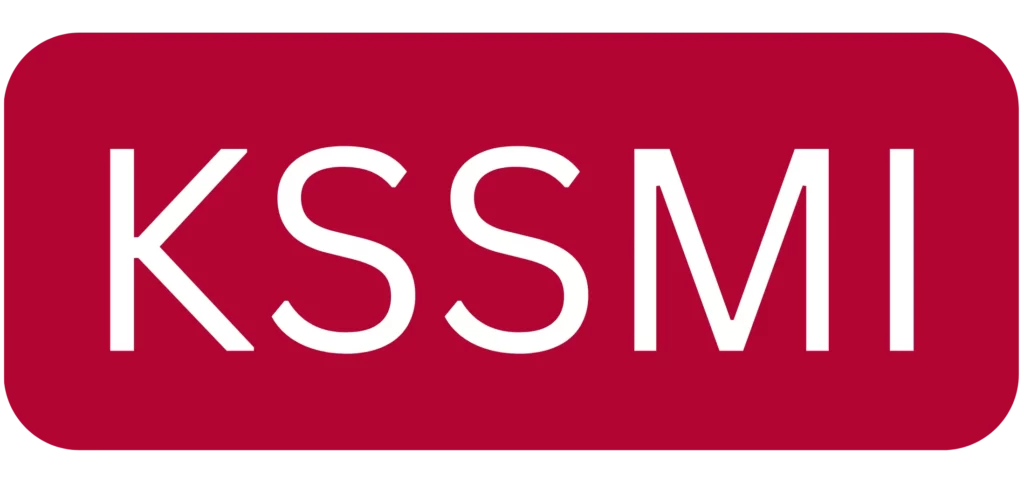Eco-friendly production in eyewear is defined by measurable benchmarks across three areas: 1) Material Integrity, verified by certifications like GRS for recycled content and EN 13432 for bio-acetates; 2) Low-Impact Manufacturing, with targets like <1.5 kWh of energy and <5L of water per frame; and 3) Circularity, proven by designing for disassembly and having documented end-of-life take-back programs. These benchmarks transform vague claims into auditable, data-driven proof of sustainability.
The Three Pillars of a Credible Strategy
The foundation of any legitimate sustainable eyewear program rests on three pillars that convert marketing rhetoric into measurable action. You must demand that any manufacturing partner demonstrate proficiency in each. This provides you with the specific metrics needed to validate their claims, which directly translates to a de-risked supply chain and a product story that withstands scrutiny.
- Pillar 1: Material Integrity. Your analysis must go beyond surface claims to a full lifecycle audit, from raw material extraction to a product’s end-of-life scenario. Material choice is the most visible element of your sustainability claim, so its integrity must be irrefutable.
- Pillar 2: Low-Impact Manufacturing. The production process itself is where the largest environmental footprint lies. You must audit energy, water, and chemical inputs because this is where a supplier’s commitment becomes real. This means you can identify true operational efficiency, which translates to both lower costs and a stronger environmental case.
- Pillar 3: Circular Economy Principles. A product’s life must be extended through strategic design for durability, repairability, and waste reduction. This focus forces a shift from a disposable to a reusable asset model, which directly builds long-term customer loyalty and reduces your reliance on virgin resources.
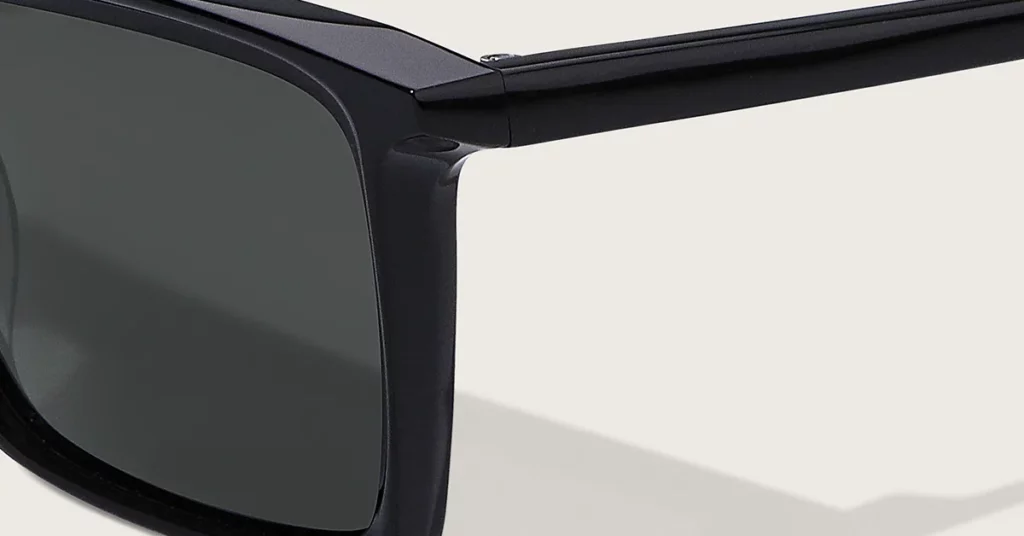
Benchmark 1: A Technical Analysis of Sustainable Materials
Your material selection dictates over 70% of consumer perception on sustainability. Therefore, your evaluation must be ruthlessly technical, demanding verified data for every claim. You must prioritize suppliers who provide transparent composition documentation and third-party test reports for all materials.
A Deep Dive into Bio-Acetates (e.g., Mazzucchelli M49)
Definition: Bio-acetates like Mazzucchelli M49 replace traditional, petroleum-based phthalate plasticizers (DOP/DEHP) with vegetable-based alternatives. This formulation has a critical functional implication: it enables the material to biodegrade under specific, controlled conditions. The strategic outcome is a verifiable end-of-life story that sets your product apart from 99% of the market.
Verifying biodegradability claims is non-negotiable. The EN 13432 standard provides laboratory proof of biodegradability, requiring 90% disintegration within 180 days under industrial composting conditions. This means your marketing claims can be tied to a specific, recognized standard.
Critical Warning: You must communicate these disposal conditions accurately. Claiming biodegradability in a standard landfill is a form of greenwashing that will damage your brand’s credibility.
A Deep Dive into Recycled Acetate (r-Acetate)
Recycled acetate requires a sharp distinction between its two primary sources. Pre-consumer recycled content from factory off-cuts offers consistent quality because its origins and composition are known. This means you can incorporate up to 40% certified recycled content, like in Eastman’s Acetate Renew, with no loss in performance. This directly translates to a powerful waste-reduction story without compromising quality.
Post-consumer recycled acetate is far more complex. The material comes from used products with unknown histories, requiring extensive sorting and purification. This has a functional implication of higher processing costs and potential for quality variance. You must therefore demand Global Recycled Standard (GRS) certification, which provides third-party verification of recycled content and ensures supply chain integrity.
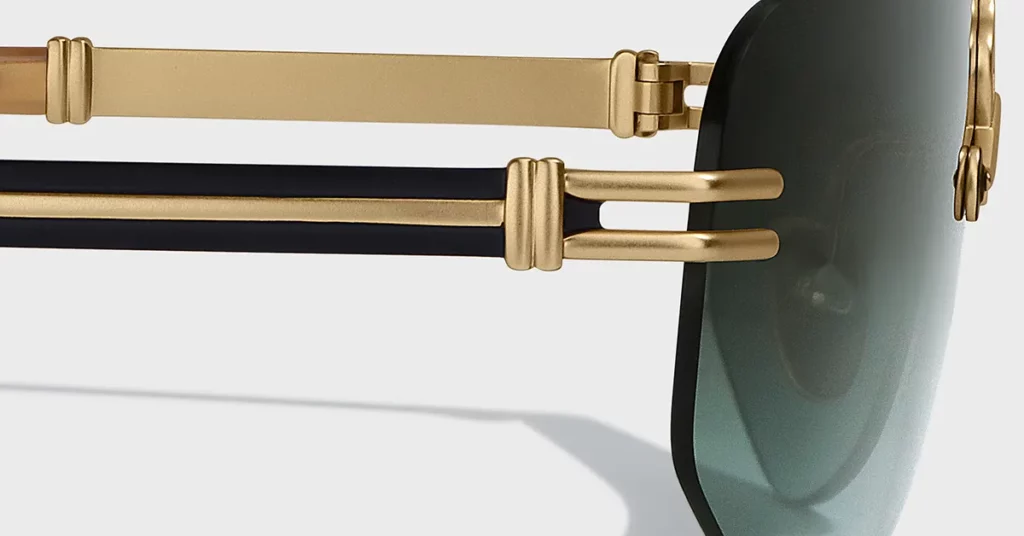
The Definitive B2B Scorecard for Material Selection
Your choice between bio-acetate, recycled acetate, and virgin acetate is a strategic decision that must be based on a complete lifecycle analysis, not a single metric.
The Bottom Line: You must use a data-driven scorecard to balance carbon footprint, functional performance, and unit economics to make the optimal choice for your brand’s specific market position.
Carbon Footprint Analysis
| Material Type | CO2 Emissions (kg/100kg) | Energy Consumption (MJ/kg) | Water Usage (L/kg) |
| Virgin Acetate | 4.2 | 85 | 25 |
| Bio-Acetate M49 | 2.9 | 65 | 18 |
| Recycled Acetate | 2.5 | 75 | 22 |
Functional & Cost Comparison
| Feature | Virgin Acetate | Bio-Acetate (M49) | Recycled Acetate (r-Acetate) |
| Weight | Baseline | 10-15% lighter | Varies; can be equivalent |
| Flexibility | High | Equivalent | ~95% of virgin performance |
| Hypoallergenic | High | Superior (Phthalate-free) | Dependent on source purity |
| Unit Cost Premium | Baseline | +15-25% | Varies, can be +5-20% |
Pro Tips: Your total cost calculation must include material premiums, any necessary processing modifications, and the marketing value you can capture. Sustainable materials justify their premium through enhanced brand positioning and documented consumer willingness to pay more for verified eco-friendly products.
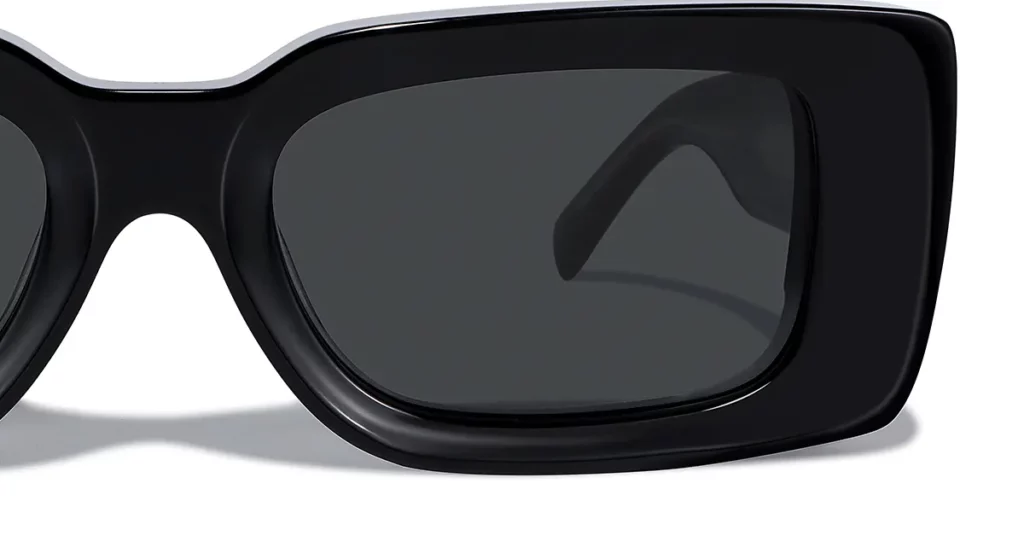
Benchmark 2: Auditing Low-Impact Manufacturing Processes
A supplier’s claims are meaningless without a rigorous audit of their factory floor. You must establish data-driven benchmarks for energy, water, and chemical management, as this is the only way to verify that a potential partner’s practices align with their marketing.
Auditing Energy & Water Management
Key Metric: For energy, demand consumption targets of less than 1.5 kWh per finished frame. For water, the benchmark is below 5 liters per frame. A refusal to provide this data is a major red flag. This data-first approach allows you to benchmark suppliers objectively, which directly translates to identifying the most efficient—and often lowest cost—partners.
In barrel polishing, traditional methods use up to 20 liters of water per frame. A manufacturer with a closed-loop water system, however, can achieve 90% water reuse. Your audit must verify this system’s filtration capacity and recycling rate documentation. This focus on specifics ensures you partner with operators who have invested in efficiency, not just in words.
Auditing Chemical Management & Worker Safety
Chemical compliance is a matter of both environmental responsibility and legal liability. You must verify a factory’s adherence to global standards like REACH, RoHS, and Prop 65. This requires demanding to see third-party test results for finished products and material safety data sheets (MSDS) for all production chemicals. This protects your brand from market access issues and legal challenges.
Solvent use is another critical audit point. Traditional cleaning processes release high levels of Volatile Organic Compounds (VOCs), which are harmful and heavily regulated. A top-tier factory will use VOC abatement systems with over 95% capture efficiency.
Best Practice: Require documentation of these systems and worker exposure levels below 25% of permissible limits to ensure both environmental and ethical standards are met.
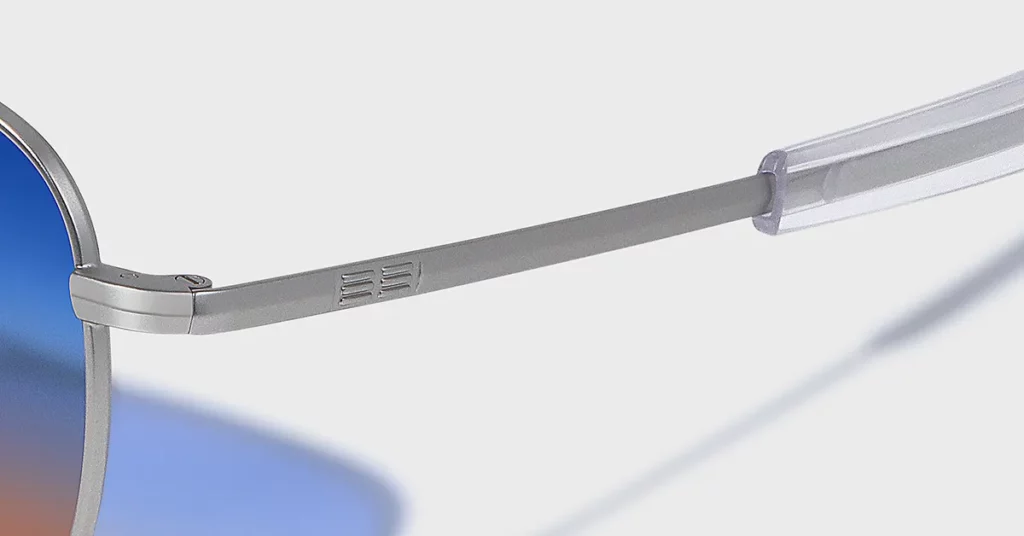
Benchmark 3: Auditing Product Lifecycle & End-of-Life Strategy
True sustainability extends beyond the factory gate. It requires a strategic commitment to circular design principles and end-of-life management. This is how you transition from selling a disposable good to providing a long-term, valuable asset.
Implementing Circular Design Principles
Your product’s architecture determines its second life. You must design for disassembly by prioritizing screws over glues. The technical reason is that mechanical fasteners like stainless steel screws permit component separation for repair or recycling, while adhesives create a permanent bond that renders materials non-recoverable. This has a direct strategic outcome: it enables a lifetime repair service, a powerful tool for building brand loyalty.
Furthermore, material selection must account for multi-cycle recycling potential. Thermoplastics like acetate have excellent potential, retaining over 90% of their properties for 3-4 cycles. Metals offer nearly unlimited recycling. This means you are engineering a product’s future value from day one, which directly reduces long-term resource dependency.
Launching End-of-Life Programs
A consumer take-back program closes the loop, but it requires a robust logistical framework. You need a network of collection points, efficient transportation, and certified processing partners. The functional implication is that you are taking full responsibility for your product’s lifecycle. The strategic benefit is immense: it builds unparalleled trust and solidifies your brand as a true leader in sustainability.
Pro Tips: Partner with third-party recycling platforms to leverage their existing networks and expertise. Your evaluation of these partners must be as rigorous as your supplier audits, focusing on their certifications, geographic coverage, and data transparency to ensure their operations match your brand’s standards.
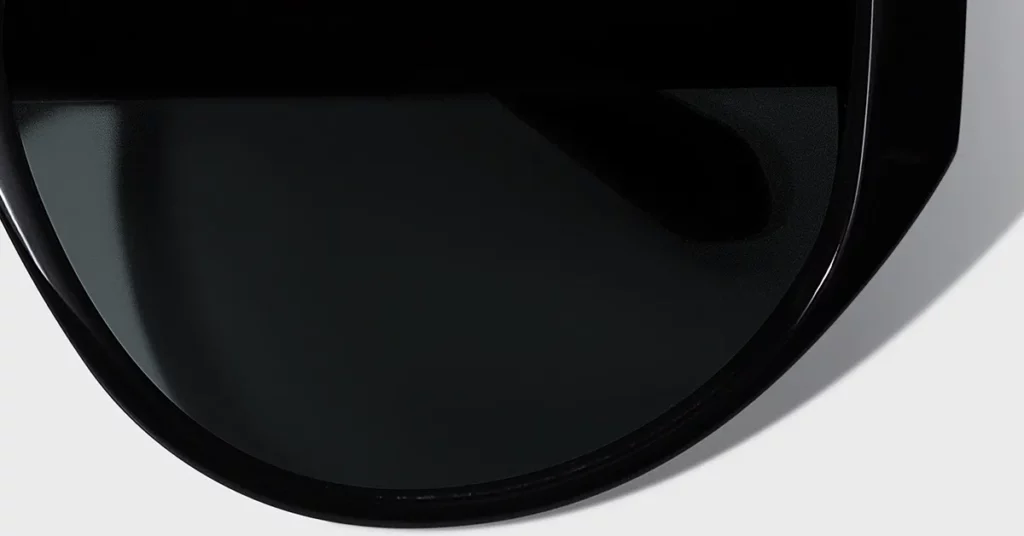
A B2B Guide to Verification and Mitigating Greenwashing Risk
Verification is the final, non-negotiable step. You must move beyond marketing materials and demand hard data to substantiate every claim. An inability or unwillingness to provide this data is the clearest sign of greenwashing.
Auditing and Verifying Supplier Claims
Your audit questionnaire must be surgically precise. Do not ask if they are “eco-friendly.” Instead, demand quantitative answers with supporting documentation for questions like these:
- What is your energy consumption (kWh) per frame produced?
- Provide third-party testing results verifying the exact percentage of GRS-certified recycled content.
- Show us your ISO 14001 certificate and the most recent third-party audit report.
- Document your water consumption per frame and the measured efficiency of your water recycling system.
Decoding Key Certifications
Certifications are your most reliable tool for third-party verification. You must understand what they signify.
- Global Recycled Standard (GRS): Verifies recycled content percentage and ensures chain-of-custody tracking from source to final product. It is essential for any r-Acetate claims.
- ISCC PLUS: Provides traceability for bio-based and circular materials through a mass-balance approach. It is the gold standard for verifying bio-acetate supply chains.
- ISO 14001: This is not a product certification but a factory one. It proves the manufacturer has a systematic, audited Environmental Management System (EMS) in place for continuous improvement. Never proceed with a partner who lacks this.
- Sedex/amfori BSCI: These are social and ethical audits. They verify fair labor standards and worker safety, which are integral components of a holistic sustainability strategy.

Conclusion
Establishing credible eco-friendly production benchmarks is a non-negotiable discipline in today’s market. It requires a systematic framework that evaluates materials, manufacturing processes, and lifecycle strategy with data-driven rigor. Your path forward demands you reject vague claims and instead insist on measurable metrics and third-party verification. This approach transforms sustainability from a risk into your most powerful competitive advantage.
Partner with Kssmi, the premier handmade sunglasses eyewear manufacturer, to implement these expert benchmarks and build a truly resilient, sustainable brand.
Frequently Asked Questions
1. What is the single biggest red flag for greenwashing?
The biggest red flag is a supplier’s inability or unwillingness to provide specific, quantitative data. Vague claims like “we are eco-friendly” without supporting metrics for energy usage, water consumption, waste rates, or third-party certifications are a clear warning sign of inadequate environmental management.
2. Is bio-acetate always better than recycled acetate?
Not necessarily. The “better” choice depends on your brand’s specific goals. Bio-acetate offers superior biodegradability and hypoallergenic properties, while GRS-certified recycled acetate excels in reducing waste and lowering carbon footprint. A full lifecycle analysis is required to determine the optimal material for your strategy.
3. Why is ISO 14001 certification so important for a factory?
ISO 14001 verifies that a factory has a comprehensive Environmental Management System (EMS). It isn’t a one-time check but proof of a long-term commitment to measuring, managing, and continuously improving environmental performance across all operations, from waste reduction to regulatory compliance. It’s a fundamental indicator of operational maturity.
4. Can a brand be sustainable without a product take-back program?
A brand can implement many sustainable practices, but a take-back program is essential for achieving true circularity. Without a plan for a product’s end-of-life, the brand is not taking full responsibility for its environmental impact. It is a critical component of a leading-edge sustainability strategy.
